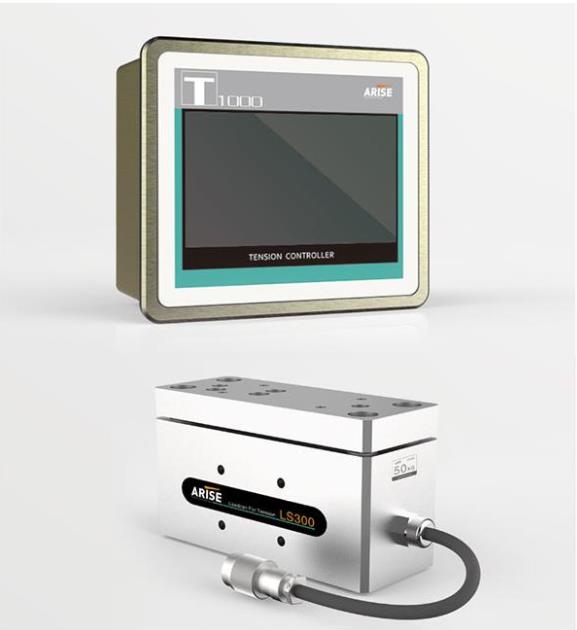The realm of flexible packaging operates within a dynamic framework, demanding precision, consistency, and efficiency at every stage. Among the myriad components and technologies ensuring seamless operations, web tension controllers emerge as pivotal players. These controllers play a critical role in maintaining optimal tension levels throughout flexible packaging processes, leading to enhanced quality, minimized waste, and overall operational efficiency. In this article, we delve into the indispensable role of web tension controllers in flexible packaging processes, exploring their functionality, benefits, and transformative impact on the industry.

Functionality of Web Tension Controllers in Flexible Packaging Processes:
Flexible packaging involves handling materials inherently sensitive to tension variations, such as films, foils, and laminates. Consistent tension application is paramount to preserving material integrity across printing, laminating, slitting, and winding operations. Even minor tension imbalances can trigger issues like misalignment, wrinkles, and material breakage, jeopardizing packaging aesthetics, functionality, and operational efficiency.
At the core of optimal tension control lies the web tension controller. Serving as a diligent conductor, this device orchestrates the intricate dance of packaging materials throughout their journey. Leveraging advanced tension control algorithms and real-time data from strategically positioned sensors, these controllers make instantaneous adjustments to maintain precise tension levels. Continuously monitoring factors such as material tension, speed, and diameter, they ensure seamless material handling and processing.

Key Benefits of Web Tension Controllers in Flexible Packaging Processes:
Consistent Product Quality: Web tension controllers uphold uniform tension levels across flexible packaging materials, ensuring consistent product quality and minimizing defects like wrinkles or misalignment.
Reduced Material Waste: By optimizing tension levels, web tension controllers minimize material waste associated with defects, maximizing material utilization and reducing scrap rates.
Improved Machine Efficiency: These controllers enhance machine efficiency by eliminating tension-induced stoppages or jams, maximizing production throughput and minimizing downtime.
Enhanced Print Registration: Accurate tension control is crucial for precise print registration, resulting in sharp, aligned prints and high-quality packaging graphics.
Greater Process Flexibility: Web tension controllers offer flexibility to adjust tension settings based on specific material and process requirements, accommodating diverse substrates and production conditions.
Reduced Operator Intervention: Automated tension control systems minimize manual adjustment and monitoring, allowing personnel to focus on other critical tasks and improving overall efficiency.
Prevention of Machine Damage: By maintaining optimal tension levels, these controllers prevent excessive stress on machinery components, prolonging equipment lifespan and reducing maintenance costs.
Compliance with Quality Standards: Web tension controllers help meet stringent quality standards for flexible packaging products, enhancing customer satisfaction and brand reputation.
Conclusion:
Web tension controllers ensure the seamless flow of operations in the flexible packaging industry. Their role in maintaining ideal tension levels translates to superior product quality, minimized waste, and enhanced operational efficiency. As the flexible packaging industry continues to evolve, web tension controllers will remain at the forefront of innovation, driving advancement and contributing to the production of top-tier packaging materials that safeguard and elevate the items they encapsulate.
